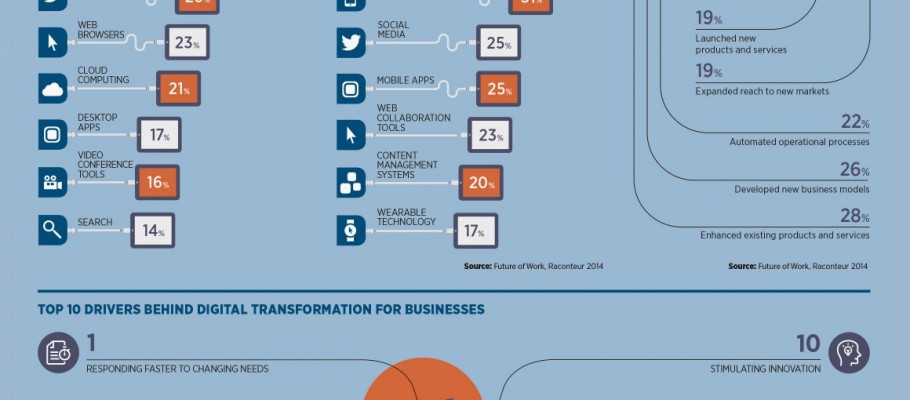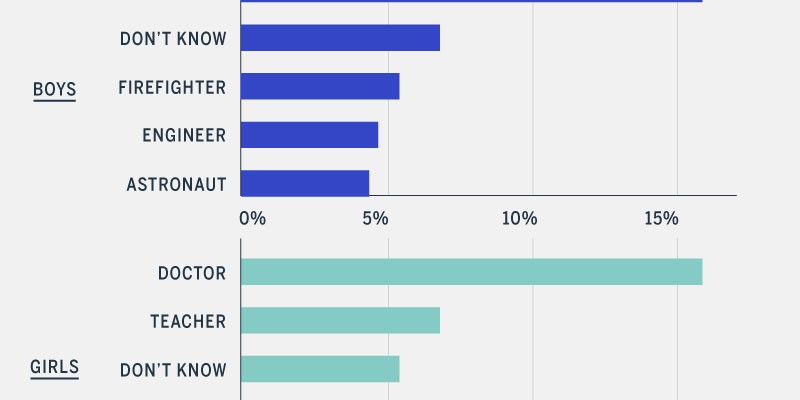Vladut, once our intern now a permanent member of our software engineering team, wanted to share his experience on closures in JavaScript in the hope that it would help other developers understand them better. This article is the first in a series dedicated to use cases of various programming problems, concepts, and methods.
Closures are powerful JavaScript tools that many developers tend to ignore. Understanding closures may seem difficult at first, but it’s all about the principles behind them.











